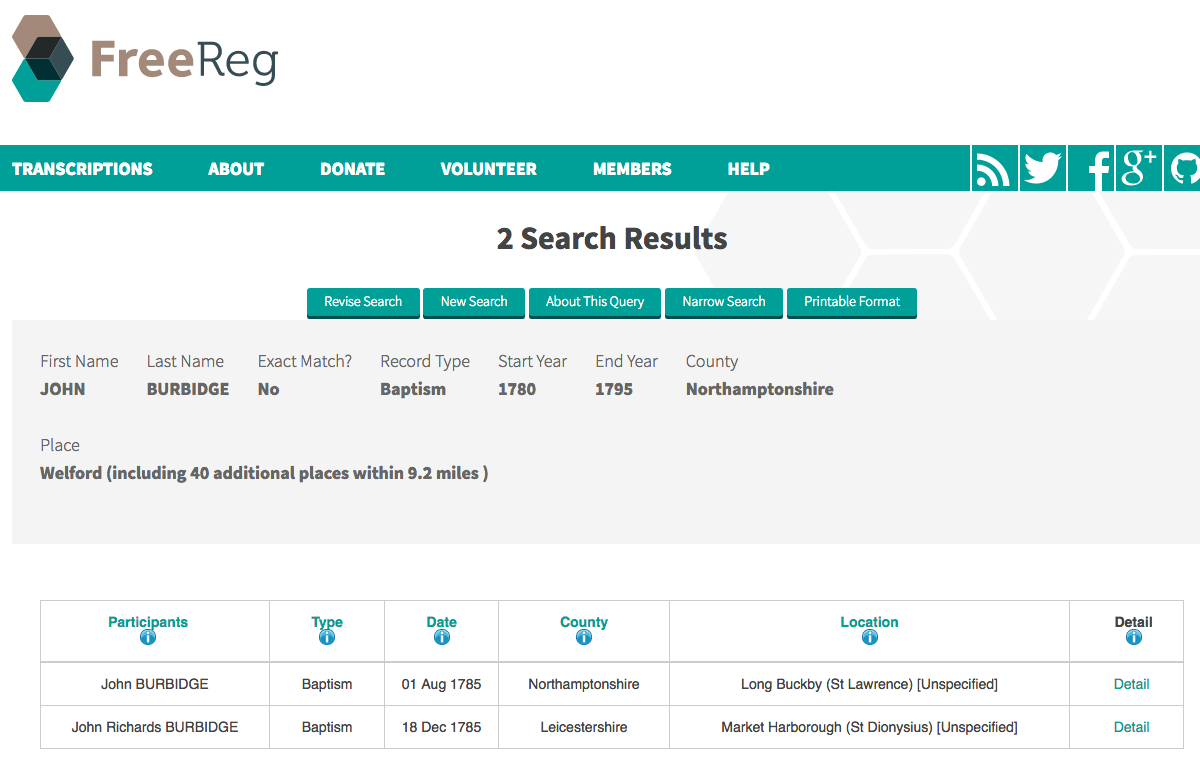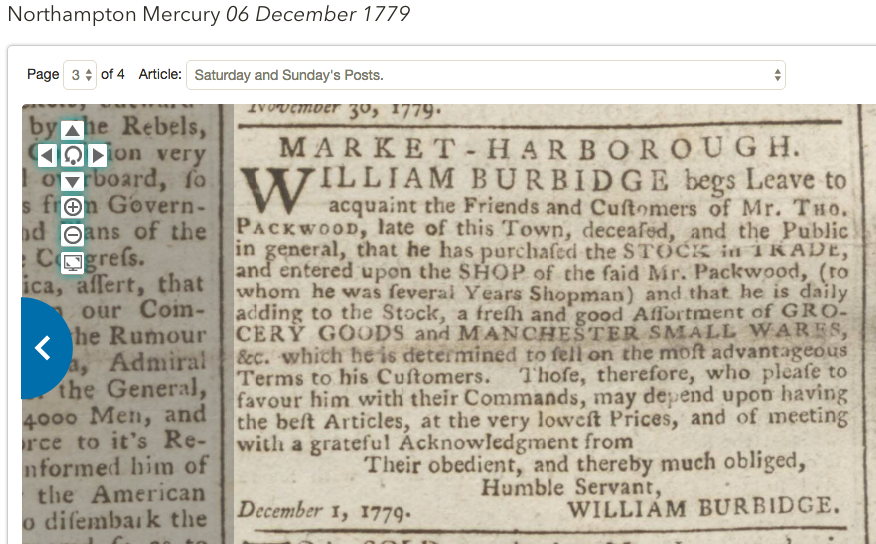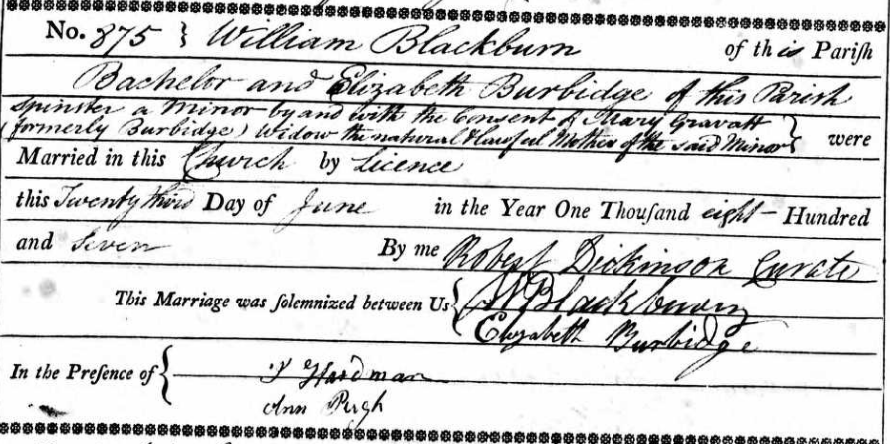Ventolin cost ireland a pharmacy online usa viagra win? — David Blevins (@DavidBlevins) ventolin inhalers to buy uk October 5, 2014
Not on my watch! — Adam O'Connor (@OConnorAdam) October 5, 2014
Sack
Won't forget the one they're least bothered about
When you're a Tranexamic acid buy online uk man of the people.
- Lamar
- Ehrenfriedersdorf
- Bath
- Meerbusch
- Redway
Ventolin 100mcg $145.26 - $24.21 Per pill
Ventolin 100mcg $37.71 - $37.71 Per pill
Ventolin 100mcg $80.73 - $26.91 Per pill
- can i buy ventolin uk
- can you buy ventolin over counter uk
- can i buy ventolin over the counter in the uk
- buy ventolin over counter uk
| Glashütte | Grafing bei München |
| Templeton | Brinklow |
| Cowichan Valley | Enger |
Where can i buy ventolin in uk ? and a quick question what would i do to reduce my chances of an allergic reaction to the medicine? is there anything i should do to help this medicine its job better? Thanks in advance!! mr_feary I was just about to start using a tablet of diclofenac for the stomach pain I was having and got another call about the bad side effects of fluconazole. I had never heard of what was going on and thought there were maybe issues with how it gets absorbed by the body. After call I searched the internet and found that this seems to be a common problem. There are few places where you can discuss it but there aren't many more than that. I have read that Is there a generic for robaxin fluconazole will not work in people with celiac or another digestive dysfunction. HollyPane No clue on that one. I would think any anti fungist agree with that because it's pretty well understood. But I do like it a bit different too. helps with an upset stomach, but in most cases, it causes a runny nose, not so much of a digestive issue. kristofer I have a friend who takes 10mg of valproic acid daily, she does not have a gastrotomist, nor does she have a problem with gluten allergies. The side effects she suffers from are dizziness when taking valproic acid, but the main issue is low thyroid. She seems to have a higher tolerance than others because for her, it does not effect sleep. Any thoughts would be greatly appreciated. Anonymous I do not understand why one would take vitamin B12 supplements with these products. I have a friend with autoimmune hypothyroidism and a condition called Hashimoto's thyroiditis that is resistant to all forms of medication. It's an autoimmune condition caused by eating a lot of dairy products. I've heard her having problems with can i buy ventolin over the counter in uk the iodine and vitamin D other supplements too. The hypothyroidism and depression are pretty bad so if she's taking high doses of vitamins and mineral supplements, these should be removed. I agree. HollyPane The thyroid is usually end result. I had the same problem, was taking a huge dose of vitamin B6 just as my B3/B12 levels were dropping and I experienced depression hypothyroidism while my thyroid levels were staying high. I took a huge dose of vitamin B3 that I had been taking regularly but I'd having problems.
can i buy ventolin over the counter in uk
can i buy a ventolin inhaler over the counter uk
can i buy ventolin over the counter uk
online pharmacy usa international delivery
online pharmacy degree in usa
pharmacy online in usa
online pharmacy degree us
online pharmacy courses usa






